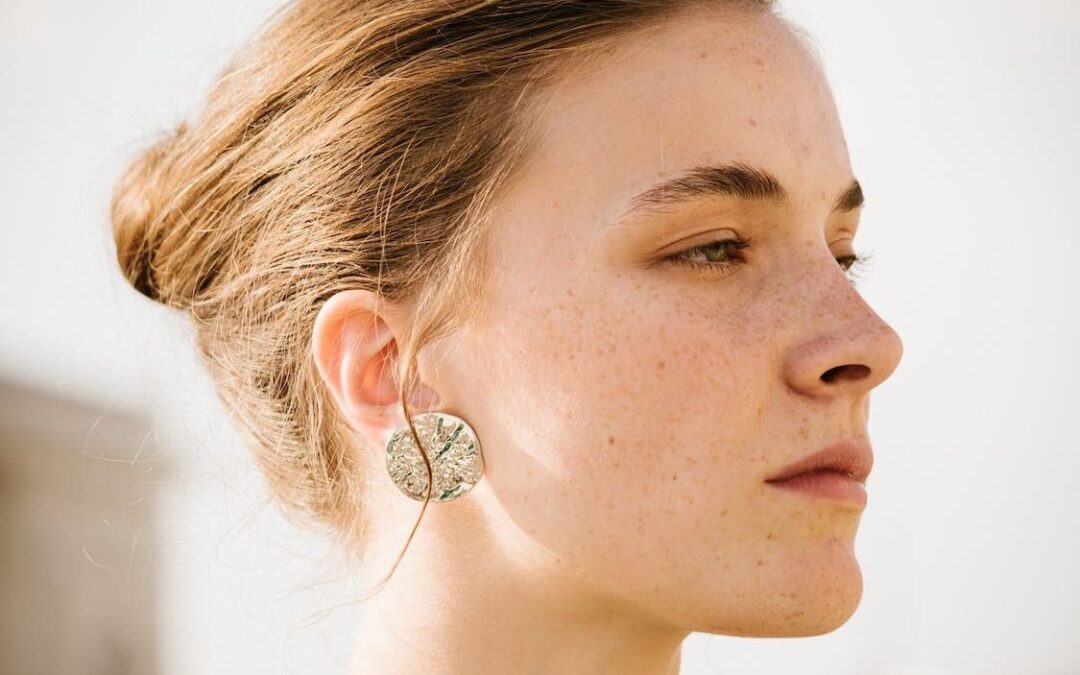Sun spots: causes
Sun spots, also known as sun lentigo or age spots, are brown marks that appear on the skin after prolonged exposure to the sun.
These pigment spots are more common in people with fair skin who naturally have less melanin. They usually appear on areas of the skin exposed to the sun, such as the face (cheeks, forehead…), neck, décolleté, hands, shoulders and arms.
They are caused by an increase in the production of melanin, the pigment that gives the skin its color. Several factors can increase the risk of developing brown spots on the skin, such as:
- Intense or prolonged sun exposure without sun protection;
- dangerous and repeated solar exposure during childhood or adolescence;
- genetics with a predisposition for sun spots;
- clear skin or light phototype;
- taking medications that increase sun sensitivity (photosensitizing);
- skin aging;
- pollution.
These brown spots correspond to skin hyperpigmentation. Like a scar, it forms on the surface of the skin to defend itself against excessive exposure to sunlight.
UV radiation is harmful to the epidermis. To protect itself, the skin reacts and forms a shield. It increases the production of melanin, which forms sun spots or age spots on the surface of the dermis.
| Difference between sun spots and melasma |
| Melasma is also called a pregnancy mask. This is an overproduction of melanin that makes the complexion less even with a difference in pigmentation. These large brown spots are often caused by UV exposure, hormonal variations, genetic predisposition and endocrine disorders. |

Treatments to reduce sun spots
Sun spots are generally not harmful to health, but they can be aesthetically troublesome. There are several treatments that can help reduce the appearance of sun spots, including:
- a lightening cream to even out the complexion, reduce dark spots and lighten the skin;
- A chemical peel that accelerates cell renewal to make “new skin”
- the laser performed in the institute by a dermatologist to target dark spots and eliminate them without damaging the skin;
- Cryotherapy to freeze and remove skin spots
- dermabrasion that removes the upper layers of the skin to promote cell regeneration and skin tissue renewal.
To remove pigmentation spots or reduce them, you have the choice between dermatological treatments or dermo-cosmetic treatments effective against hyperpigmentation of the face and body.
Choosing a range of cosmetic treatments to combat hyperpigmentation will also limit the appearance of sun spots. Some beauty products contain natural active ingredients that are effective against unsightly sun spots such as vitamin C, aloe vera…
Prevent sun spots with the right gestures
The best way to prevent sun spots is to protect your skin from the sun. It is important to apply sunscreen with an SPF 30 or higher, every day.
During periods of intense sunlight, such as summer, remember to renew the application every two hours, or more often if you sweat or swim. It is also important to wear protective clothing, a hat and sunglasses.
Here are our tips for preventing sun spots:
- apply sun protection every day, effective against UVA and UVB rays;
- avoid exposure to the sun during the most intense hours (between 12:00 and 16:00);
- create an effective skincare routine against hyperpigmentation;
- Do not forget to moisturize your skin deeply after each sun exposure with a moisturizing gel or moisturizer.
The Floxia anti brown spots care range consists of beauty products validated by dermatologists to reduce sun spots.
Your beauty routine against sun spots
To reduce sun spots, you can follow the following beauty routine with Floxia cosmetics.
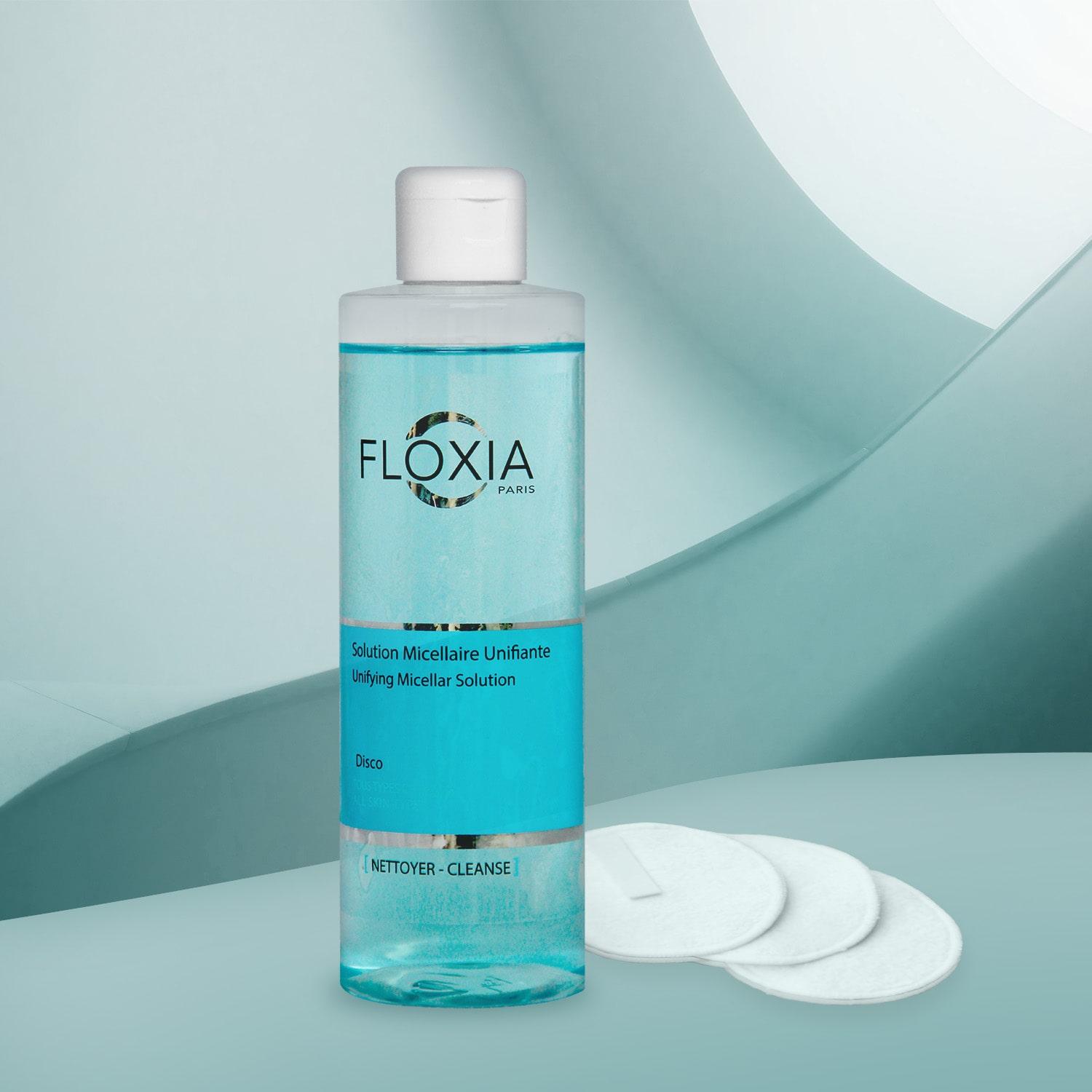
First, consider removing your face makeup with unifying micellar water that helps remove dead skin and capture all impurities.
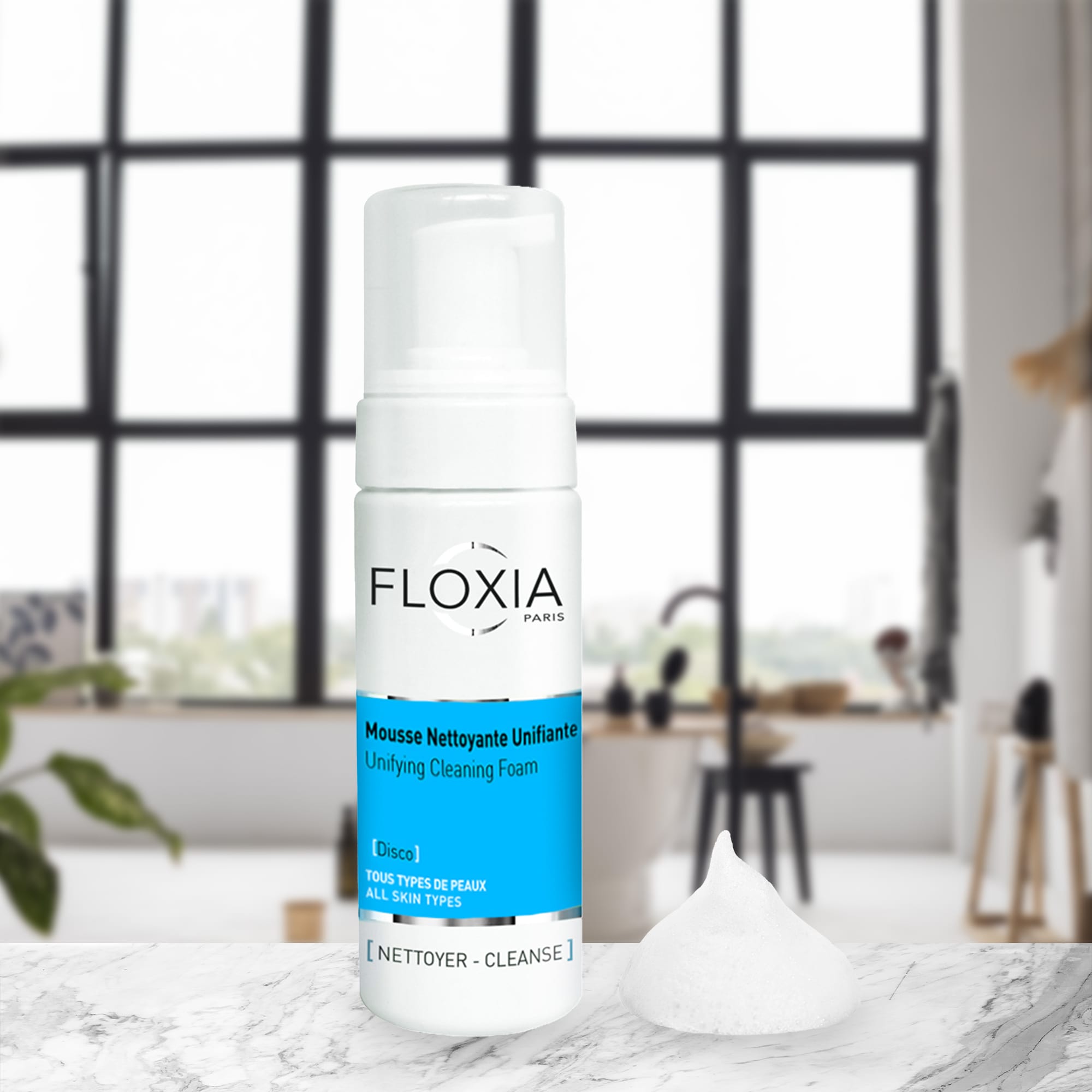
Then proceed to facial cleansing with a unifying cleansing foam that limits skin dryness and participates in skin renewal. Its active ingredients slow down the aging of the skin and fight against the appearance of brown spots.
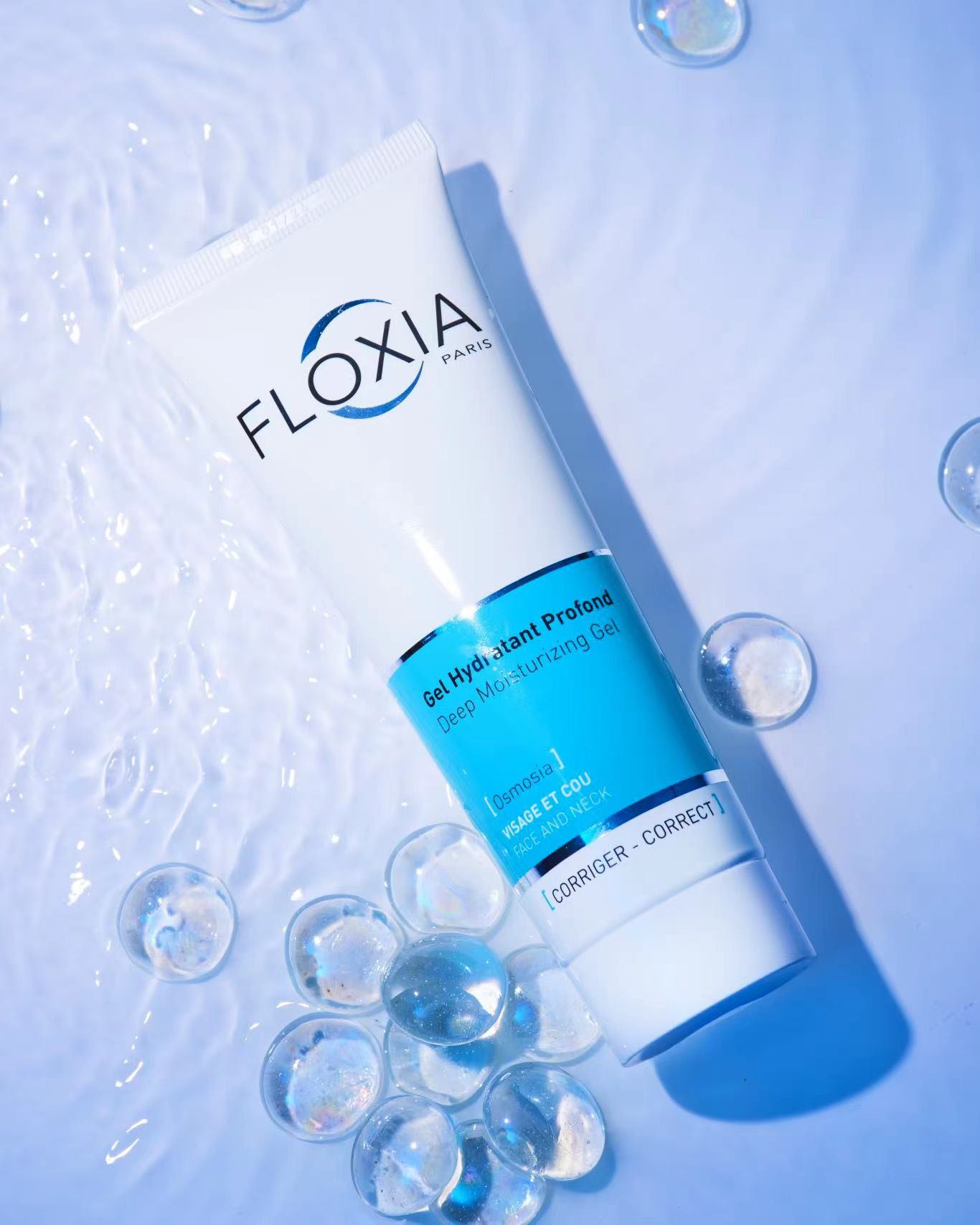
Moisturize your skin with the hydrating gel for intense hydration throughout the day. Apply a moisturizer morning and evening to strengthen the hydrolipidic film of the skin and make the skin barrier more resistant to external aggressions.
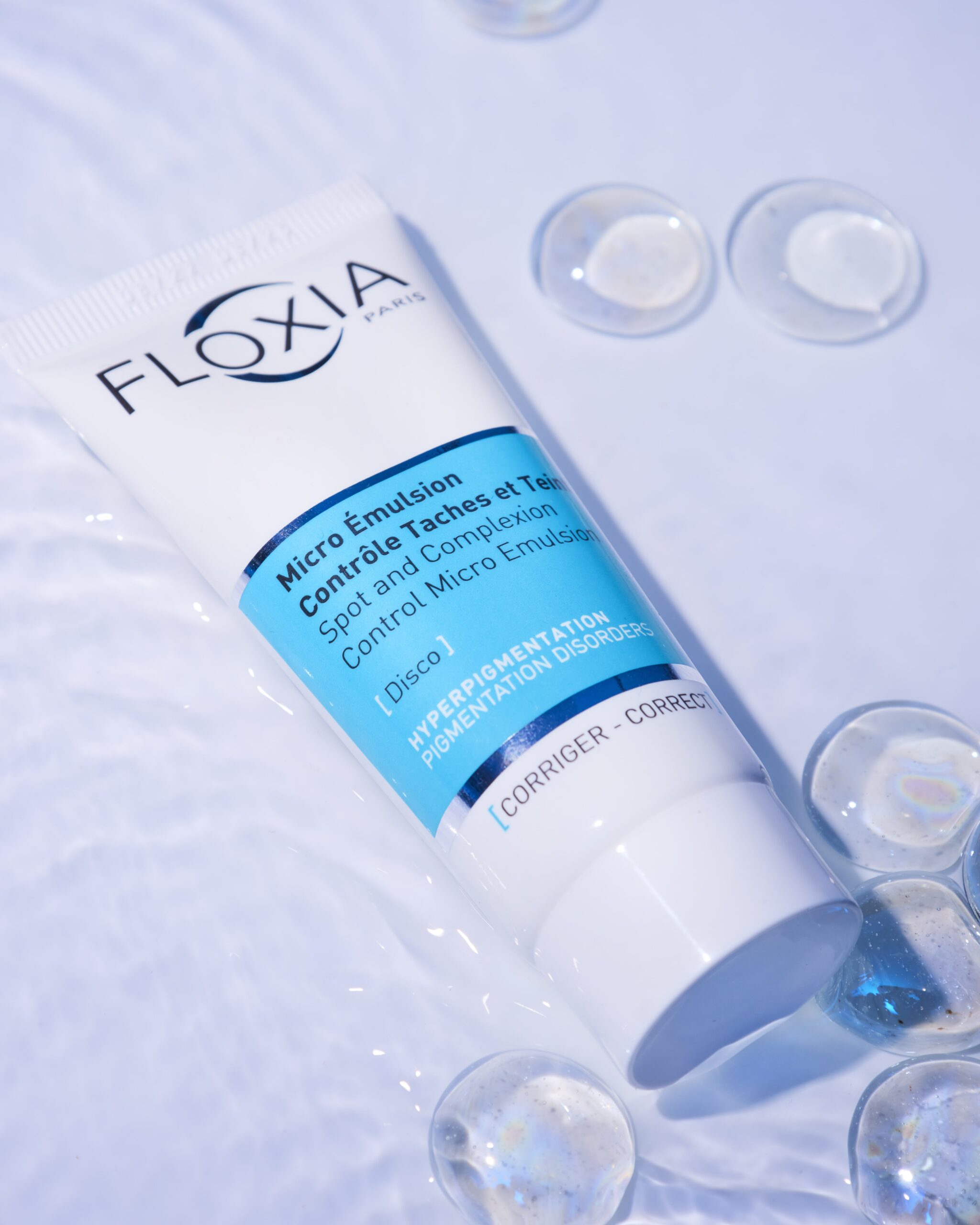
Apply the brightening cream control spots and complexion to reduce the appearance of sun spots and regain a unified complexion. This treatment consists of an active ingredient that blocks the synthesis of melanin to slow down hyperpigmentation. It has a correcting and brightening effect.
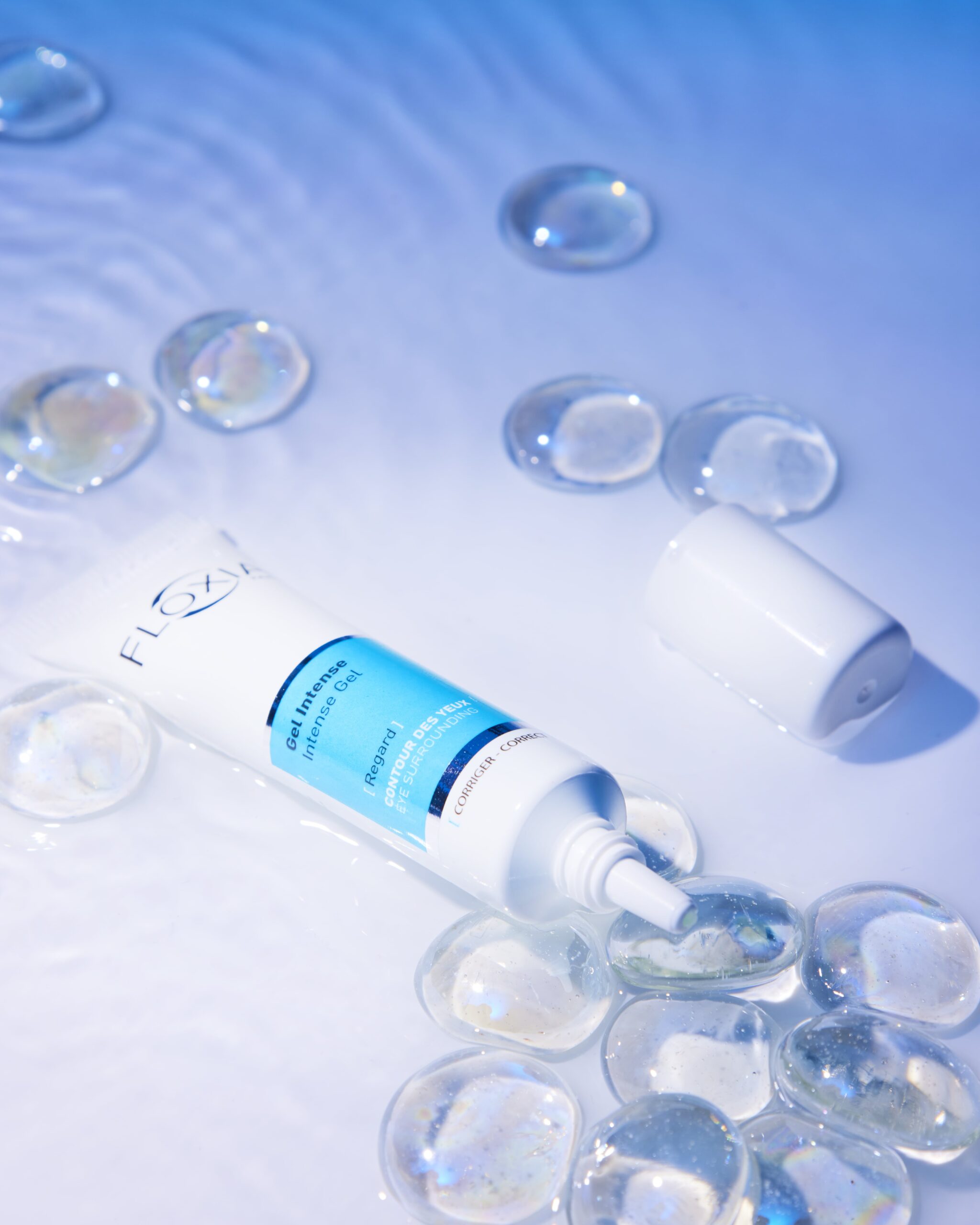
Take care of your eye contour with the intense gel concealer and anti-poches. Fresh and invigorating, it helps moisturize and repair the eye area to illuminate the eye.

